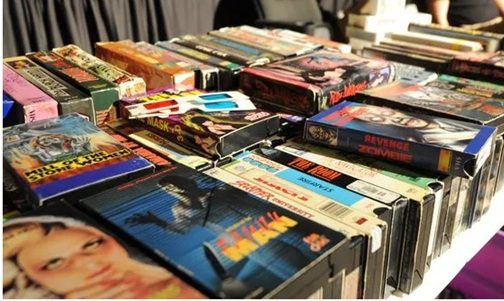Note: This Op-Ed is speaking about bootlegs for the purpose of film preservation, and not about film piracy. The mentions of bootlegs in this article apply only to films that are inaccessible through proper legal channels.
While the now-present “future” may not have the promised flying cars or routine trips to outer space, it has fulfilled the fantasy of cinephiles all over that once dreamed of a time where all films would not only be accessible but also available at the push of a button. Has this world of accessibility led to the death of bootlegs, a cherished subculture that cinephiles cared for?
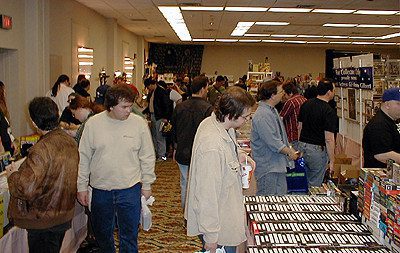
This is not meant to be a discussion on film piracy, but rather a look at the cultural impact that bootlegs have (had?) on movie lovers. They allowed for films to be viewable despite being inaccessible for decades or simply out of print (OOP). While every industry has its version of bootlegs to deal with, the film industry can be seen as an outlier in its viewpoint on the controversial topic.
Before the home video format boom, movies were watched on the big screen rather than in the comfort of one’s home. When home video became a viable way for people to watch films at their leisure, the floodgates opened, and movies were quickly produced and distributed to a wide audience. Because of this large influx of available content, the market was quickly (and heavily) oversaturated. The resulting chaos that was the weekly “New Release” section at the local mom-and-pop rental shop meant that many films had fallen between the cracks and were damned to obscurity.
Regardless of quality, many films had the unfortunate fate of being overshadowed by another title with a catchier cover. As the years passed, these films slowly started to lose their little relevance as the only available copies would wither away. If it were lucky to wind up in the hands of a film collector, it would live on a shelf and hopefully live on through word of mouth, but it would still be limited to only the owner’s VHS player.

Because films became rare and obscure, there would be a limited and finite resource pool to grab a copy. With bootlegs, the film would be reproduced on consumer-grade VHS tapes and swapped/sold to other film lovers through the convention circuit. As technology evolved, so did the bootlegs. They expanded past just tables at convention booths. Independent sellers would soon set up “DVD-R” shops on digital marketplaces such as eBay or iOffer to share these forgotten films with the world.
An example of this is the now defunct TwistedAnger. They featured an extensive catalog of the most obscure and unknown horror and exploitation films produced. Heart and passion were put into these custom releases as TwistedAnger would create special editions that featured custom cover art and bonuses to accompany the film.
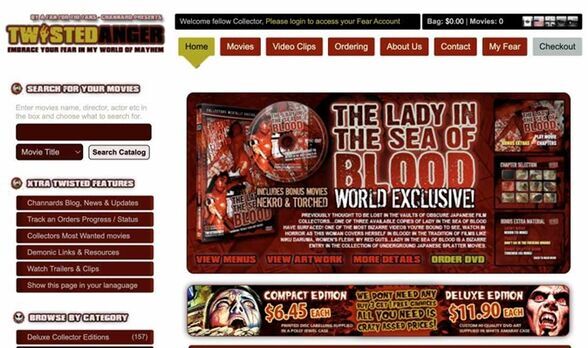
With the creation of these legally gray stores, there was another boom in the early 2000s with companies acquiring the licenses to release these obscure films legally. Boutique labels such as Unearthed Films, Blue Underground, Synapse Films, Mondo Macabro, and Code Red DVD would give these movies not only a legitimate release but roll out the red carpet by featuring full remasters, brand new special features, and alternate cuts. Eventually, this industry would expand and completely change the world of physical media. A new wave of boutique labels would include Shout! Studios (formerly Shout! Factory), Arrow Video, Severin Films, and Vinegar Syndrome.
With so many companies releasing forgotten films, the necessity of bootlegs would begin to dwindle. Despite the novelty, what would be the purpose of buying an inferior DVD-R of a movie if it was already re-released and remastered for the ultimate viewing experience?
In an ironic twist nobody saw coming, many of these re-releases would soon become rare and OOP. This has led others to once again look into the possibility of bootlegs in an attempt to experience these releases.
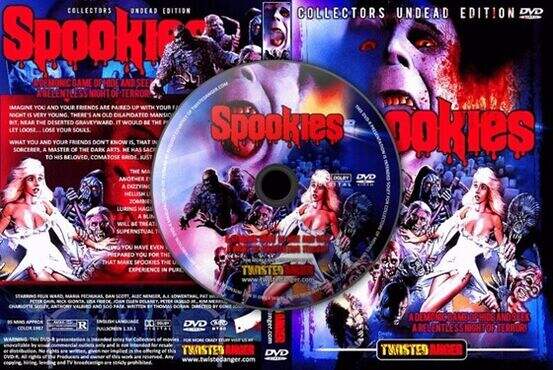
Films that were once assumed to be an impossible get, are now getting wide distributions and entering the hands of many. A company that has become the face of film restoration is Vinegar Syndrome. Movies that were once considered holy grails are now on store shelves. Examples would include Spookies (1986), Fatal Games (1984), and Iced (1989). Films released by Vinegar Syndrome are given a facelift, making it shocking to see the quality of previous releases.
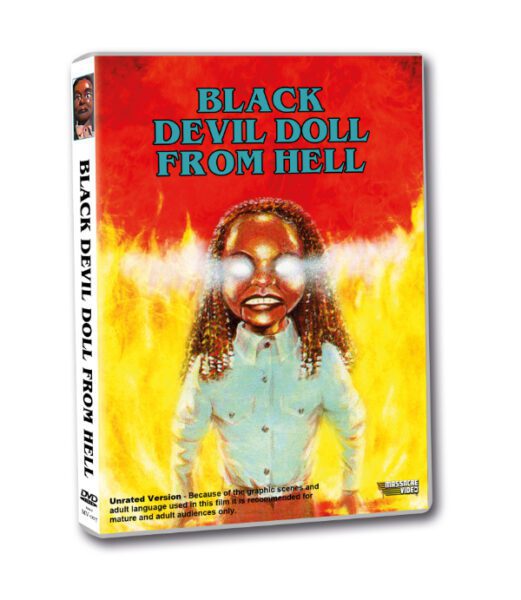
Another standout example of a company doing this is Massacre Video. They specialize in giving releases to films that are so obscure and hard to find that they were urban legends amongst collectors. Massacre Video’s first release was 555 (1988). When originally released, 555 was so limited that it would be a prize for any collector. This first outing proved that no matter how obscure, nearly anything was possible for a re-release. They would also release another infamously rare title, Black Devil Doll From Hell (1984). The Sterling Memorial Library at Yale University has been preserving VHS horror films and had to rely on using Massacre Video’s re-release of Black Devil Doll From Hell due to how rare it is to find the original on VHS. Another win for film preservation, but another blow to bootlegs. (Source)
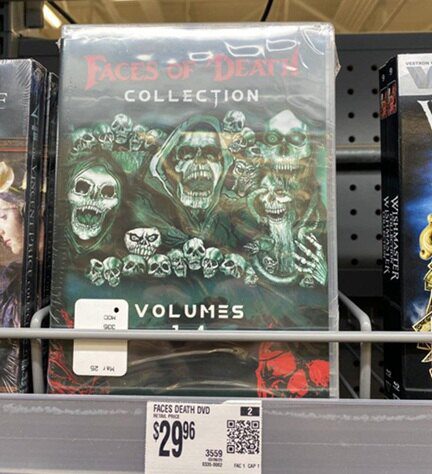
Once considered a staple bootleg VHS tape, the Face of Death Series (1978-1990) is readily available at Walmart.
Having films available doesn’t just apply to physical copies. Streaming services are now another avenue people can take to watch what they wouldn’t be able to otherwise. There are a plethora of video streaming services that are putting as much content out there as possible, regardless of quality. Some platforms aren’t bound by the concept of providing the best version available, which has affected the previously mentioned companies. They are fine with putting out movies with subpar picture and sound quality. Because of this, there are even more rare films available. Interestingly enough, there are times that the streaming quality could be comparable to its bootleg counterpart. Despite the lack in quality, this once again puts the existence of bootlegs into question. What’s the point of going through the hassle of buying a bootleg for a film that can be streamed?
Ask yourself, how many bootlegs have you taken out of your collection because you replaced it with an official release? What purpose could bootlegs have for film preservation if the film is already preserved? They had time to shine and will always hold a nostalgic place for many, but there isn’t a need anymore. Even films available via bootleg are likely viewable with a couple of clicks on the internet. This begs the question: Has accessibility killed the bootleg star?
 PopHorror Let's Get Scared
PopHorror Let's Get Scared
